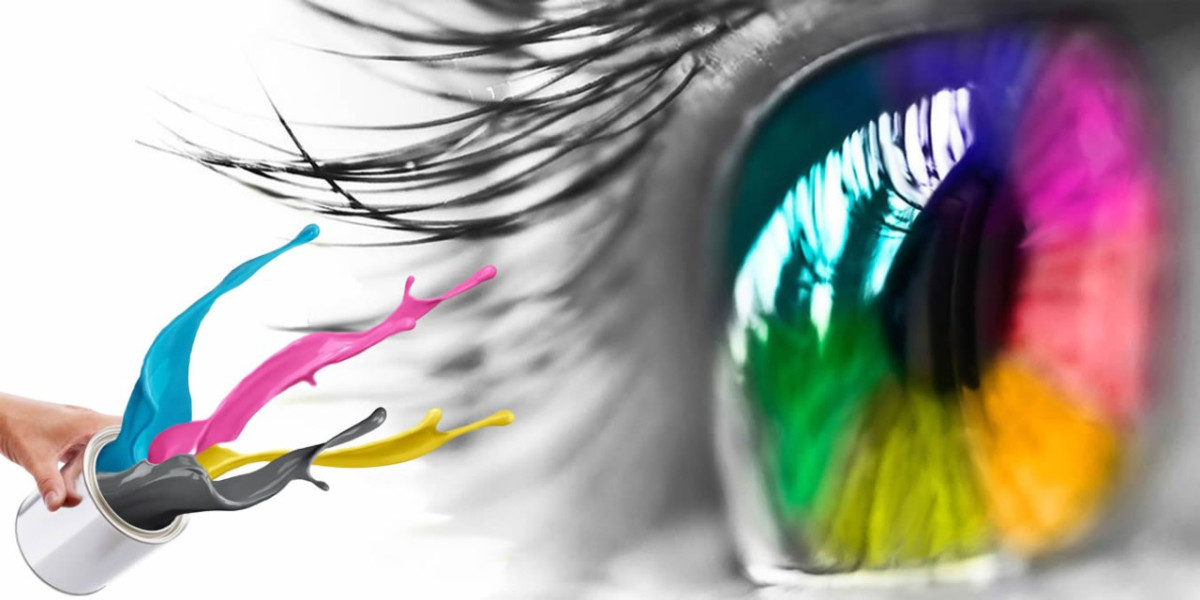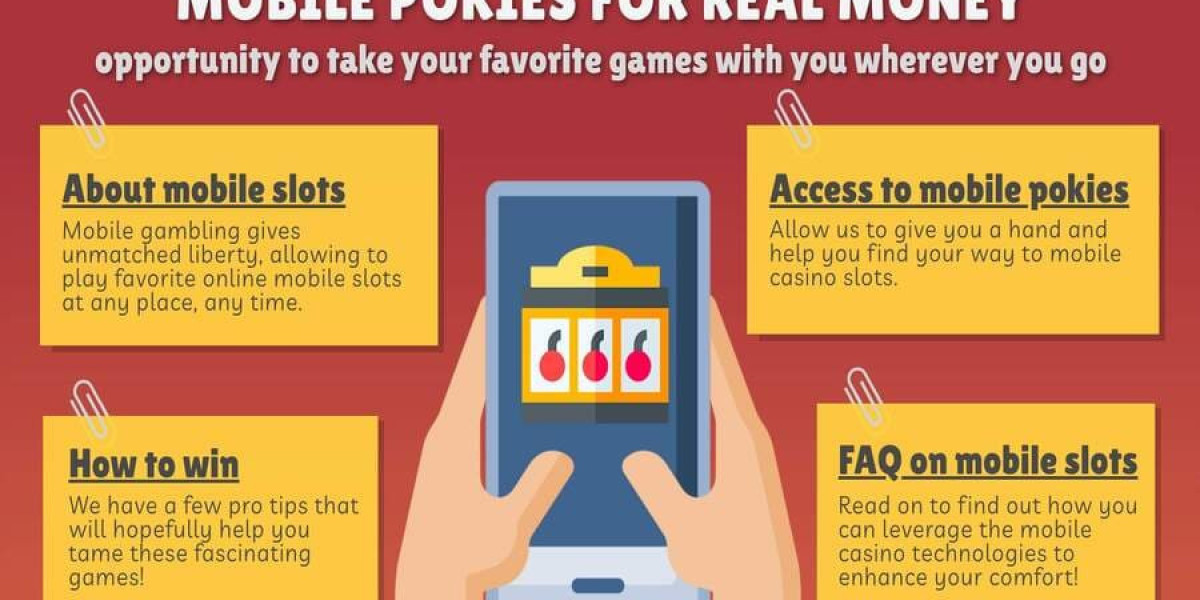Print design is far from outdated—it’s a powerful tool to make your brand memorable and stand out against the competition. While digital marketing is indispensable, print material provides a tactile, personal connection with your audience that digital assets often can’t replicate. Whether it's business cards, brochures, or posters, well-executed print materials showcase every thoughtful detail of your brand.
This blog post will guide you through a variety of print design techniques and their relevance. Whether you’re a small business owner or a graphic designer looking for inspiration, you’ll leave with practical, actionable knowledge and an appreciation for these must-know print design concepts.
First, we’ll explore business card design, one of the most crucial extensions of your brand. Then, we’ll move onto other impactful print assets, like brochures, flyers, and posters. Lastly, we’ll talk about how letterpress and specialty finishes can give your print designs that extra touch to leave a lasting impression.
The Art of Business Card Design
print design Your business card is often the first tangible impression of your branding that potential clients or employers encounter. And in print design, first impressions matter.
Here’s how you can elevate your business card design to make it impactful, professional, and personal.
Less is More
An effective business card should convey its message within seconds. Keep information to a minimum—your name, job title, phone number, email, and logo are typically all you need. Too many design elements or overloaded text can overwhelm the recipient and diminish the overall impact.
Quality Materials Matter
Premium card stock makes a world of difference. For a more refined business card design, opt for thicker materials, embossed logos, or letterpress techniques. These tactile qualities signal professionalism and care.
Make It Unique
Shape and size are equally important factors. While the standard 3.5 x 2-inch card is common, don’t be afraid to experiment with square cards, rounded edges, or even die-cut shapes tailored to your brand's aesthetic. A bold, unique approach tells your audience that creativity is a key value for your business.
Understanding Brochures and Flyers
Moving beyond business cards, brochures and flyers are essential tools for sharing detailed information about your products, services, or company history. While digital counterparts like online brochures exist, physical brochures are more likely to capture attention and stick with the reader.
Brochure Design
When designing a brochure, structure is paramount. Use a zigzag or trifold layout, which segments information naturally, making content easy to digest. For instance:
- Use the front panel for branding.
- Dedicate the internal spreads for detailed information like service descriptions or product highlights.
- End with your business contact details or a strong call-to-action.
Furthermore, invest in readable fonts and minimalist layouts that ensure text doesn’t overpower the design. The imagery should also align seamlessly with your brand voice—be it modern, playful, or luxurious.
Flyers and Their Versatility
Flyers serve as quick, eye-catching forms of communication tailored to promotions, events, or announcements. Unlike brochures, which often tell a complete story, flyers are best utilized for a single message delivered with bold typography, bright colors, and strategic design hierarchy like big headlines followed by concise details.
With flyers, less really can be more—using negative space thoughtfully ensures recipients focus on the message you want to convey.
Poster Designs to Amplify Your Visual Identity
Posters serve as large-scale statements that quickly draw attention and reinforce branding. To achieve an effective design, balance creativity with legibility:
- Keep it Visible
Posters work best when your messaging grabs attention at a glance. Bold fonts, compelling visuals, and high-contrast color palettes help your design stand out.
- Focus on Photography or Graphics
Use one high-quality image or illustration to act as the centerpiece. For example, restaurants might feature a vibrant food photo, while events might feature bold, dynamic illustrations. Avoid overcrowding the design; your visual should speak volumes with minimal text required.
- Conversions through Call-to-Actions
Your poster design should clearly communicate its purpose, whether it’s to promote sales, an event, or an online campaign. Include calls-to-action like URLs, QR codes, or contact details to amplify its reach.
Specialty Print Techniques That Wow
When done well, specialty finishes elevate print designs to the next level, ensuring your material feels both luxurious and memorable.
Letterpress Design
One of the oldest printing techniques, letterpress creates a rich, tactile finish by pressing text or designs into thick paper. This style is favored for invitations, stationery, and premium branding materials. The result? A timeless, elegant texture that's impossible to ignore.
Foil Stamping and Spot UV
Adding metallic foil stamping creates a luxurious sheen to your design, while spot UV coating creates a glossy contrast that highlights specific areas, such as a logo or headline. Both make your piece visually dynamic under different lighting conditions.
Exploring these specialty print techniques ensures your assets leave a distinct tactile and visual impression, helping you resonate well beyond that initial "Wow!"
Sustainability in Print Design
For brands looking to make environmentally conscious decisions, sustainable materials are an important consideration when planning physical assets. Recycled paper stocks, plant-based inks, and eco-friendly finishes are just a few ways brands approach sustainable print design without compromising aesthetics or quality. Not only does this align your business with growing audience values, but it also demonstrates long-term accountability.
The Effect of Cohesive Visual Design
Before wrapping up, it's essential to look at how cohesive elements tie all components together; be it your business card, flyer layout, or custom brochures. Using the same color palette, logo placement, and typography style creates visual harmony, ensuring your brand stays consistent and recognizable across any type of print material you produce. When every design adheres to this visual standard, it builds confidence in your brand’s professionalism.
Elevate Your Print Campaign Today
Print design may be traditional, but it’s far from outdated. Its tangible nature conveys attention, care, and creativity—assets that digital mediums rarely match. Whether you're mastering business card design, crafting compelling brochures, or exploring specialty techniques like letterpress, make every piece purposeful.
When good design meets high-impact strategy, your print materials can do more than inform—they can inspire your audience to connect with your brand.
Need help getting started? Contact our design experts today to bring your vision to life!








